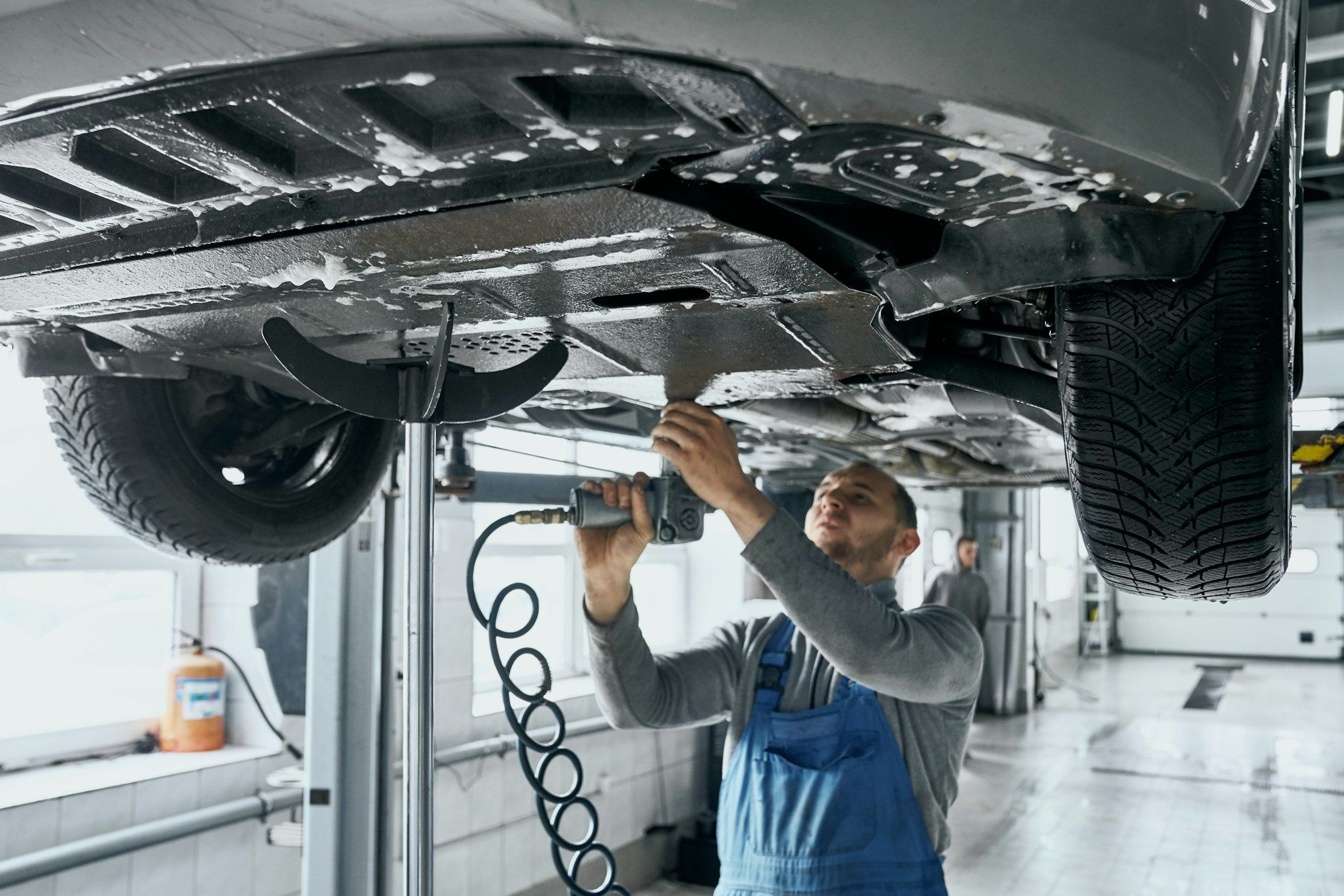In the world of motorsport, the ability to adjust and adapt to various climatic conditions can make a significant difference between victory and defeat. Given the unpredictable nature of weather in the UK, it’s crucial to understand how to tweak your car or bike’s suspension settings to achieve optimal handling, particularly on wet surfaces. The right suspension adjustments can enhance your vehicle’s stability and balance, ensuring you have maximum grip and control regardless of the weather conditions. We’ll delve into some key factors like camber, preload, rebound control, and tyre settings that can significantly influence your ride’s performance in wet conditions.
Understanding the Basics of Suspension Settings
Before you set out to adjust your vehicle’s suspension for damp UK tracks, it’s vital to grasp the basic concepts. The suspension system comprises the set of components that connect your car or bike to its wheels. This system plays a critical role in handling and controlling your ride, especially when cornering or negotiating bumps.
Additional reading : What detailed steps can you take to restore the headlights of a vintage car in the UK?
Front and rear suspension settings affect how your ride behaves during cornering, braking, and accelerating. The right balance between the front and rear settings can enhance your vehicle’s grip on wet tracks, improving overall performance and safety. Specifically, settings like camber, rebound control, preload, and tyre pressure can significantly influence your ride’s behaviour on slick surfaces.
Camber Adjustments for Optimal Grip
Camber refers to the angle of your wheels relative to the road. It is considered from the front of the vehicle, with negative camber indicating the top of the wheel is closer to the car’s center than the bottom. By altering your vehicle’s camber settings, you can significantly influence its grip on the track, particularly in wet conditions.
Have you seen this : Essential Guide to Evaluating and Ensuring Safe Steering Systems in UK Vehicles
In damp conditions, a negative camber setup may be advantageous. This setup will tilt the wheels’ top inwards, improving the tyre’s contact patch with the road during cornering. This grip enhancement is critical on wet tracks, where maintaining contact and control can be challenging.
Balancing Preload and Rebound Control
Preload and rebound control form a crucial part of your suspension settings. Preload refers to the initial pressure on your suspension springs, which you can adjust to control your ride’s response to bumps. On the other hand, rebound control determines how quickly the suspension returns to its original position after a bump.
In wet conditions, you may want to decrease your preload settings to allow for a smoother ride over bumps and improve grip. Similarly, increasing rebound control will slow down the suspension’s return speed, which can enhance tyre contact and grip in wet weather.
Tyre Settings for Wet Conditions
Your tyres are the only parts of your vehicle that actually make contact with the track. Therefore, their settings are just as important as your suspension adjustments when preparing for a wet ride.
In damp conditions, consider increasing your tyre pressure slightly to enhance water dispersion and reduce the risk of aquaplaning. Additionally, you might want to choose tyres with deeper treads as they are better at displacing water, further improving your track grip.
Fine-Tuning Front and Rear Suspension
Finally, it’s important to strike a balance between your front and rear suspension settings. This balance can significantly influence your vehicle’s stability and balance, especially in cornering on wet tracks.
Generally, a stiffer front suspension and a softer rear suspension will promote oversteer, which might be beneficial in wet conditions for more experienced riders. However, for less experienced riders, a balanced setup might offer better control and stability. It’s crucial to experiment with different settings and find a balance that suits your ride style and the specific track conditions.
Roll Bars and Ride Height Adjustments
Roll bars, also known as anti-roll bars or sway bars, are devices fitted to a car to reduce body roll during fast cornering or over road irregularities. They play a significant role in maintaining the balance and stability of a vehicle, particularly in wet conditions. When the road is wet, the vehicle’s grip on the track is reduced, making it more prone to body roll. Therefore, adjusting your roll bars appropriately can increase the vehicle’s handling and safety in these conditions.
In wet conditions, consider increasing the stiffness of the roll bars. Stiffer roll bars will reduce body roll, therefore maintaining a larger contact patch between the tyres and the road, improving grip and stability. However, keep in mind that very stiff roll bars can make the ride harsher over bumps. Therefore, it’s essential to find a balance between roll bar stiffness and comfort.
Another critical factor to consider when adjusting your suspension for wet conditions is the ride height.
The ride height of a vehicle is the distance between the base of an automobile tyre and the underside of the vehicle’s chassis. Lowering the ride height can improve the car’s centre of gravity, which can enhance balance and stability.
In wet conditions, a slightly increased ride height can be beneficial. Raising the ride height will not only provide more clearance for water to pass underneath the vehicle but also increase the tyre’s contact patch with the road. This can improve your grip, control, and overall safety during a wet race.
Launch Control and Traction Control Systems
Modern vehicles come equipped with advanced systems like launch control and traction control, which can also be tweaked to improve handling in wet conditions.
The launch control system is designed to assist drivers in accelerating from a standing start while preventing wheel spin. When conditions are wet, the launch control system can be adjusted to accommodate for the reduced grip levels. A properly set launch control system will allow the car to launch with minimal wheel spin, ensuring maximum grip and forward momentum.
On the other hand, the traction control system helps to prevent wheel spin during acceleration when the vehicle is in motion. In wet conditions, the grip between the tyres and the road is reduced, increasing the likelihood of wheel spin. By fine-tuning the traction control settings, you can ensure that the system intervenes just the right amount to maintain forward momentum without overly restricting power.
Remember, these systems are aids, and they will not make up for the deficiencies in your suspension settings or tyre choices. They work best when used in conjunction with correctly adjusted suspension and appropriate tyres for wet conditions.
Conclusion
Overall, adjusting the suspension settings for optimal handling in wet UK conditions requires thorough knowledge and careful consideration of various factors. In addition to the basic suspension settings like camber, preload, and rebound control, other elements like roll bars, ride height, tyre pressure, and modern control systems also play crucial roles.
The key lies in understanding how each setting influences your vehicle’s performance and finding the right balance that suits your driving style and the specific track conditions. It’s also vital to remember that these settings may need to be adjusted as conditions change during a race.
Remember, safety should always be your top priority. Always ensure that your vehicle is set up correctly for the conditions, and do not push beyond your limits. The thrill of motorsport comes from the challenge of adapting to different situations and conditions, and mastering your vehicle’s suspension settings in the wet is one of those challenges.











